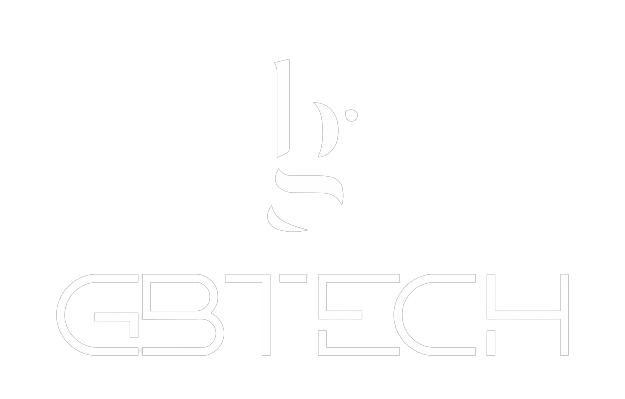Accounts Payable Automation
What is it? And how does it work?
Accounts Payable (AP) is a critical aspect of a business’ financial operations. Its efficiency directly impacts cash flow, vendor relationships, and overall financial transparency. In recent years, the evolution of business practices, alongside technological advancements, has brought a paradigm shift in how financial operations are handled.
Automation in AP has become an essential adaptation for organisations seeking efficiency, accuracy and a strategic financial management. Delve into the nuances of what is AP automation, its workings and the transformative impact it has on business finance management.
What is Accounts Payable Automation?
Accounts Payable Automation refers to the use of technology to streamline and improve the AP processes within an organisation. It involves automating the repetitive manual tasks involved in managing and processing invoices, payments to suppliers and vendors, and reconciliation. This aims to reduce manual errors, increase efficiency, and speed up the payment cycle.
How does AP automation work?
AP Automation transforms the traditional and manual AP process into a streamlined, digital workflow, with fast and easy access to the information in real time.
Invoice Processing: The first step it’s about digitising the invoice. Manual data entry is error-prone and can be really time-consuming. AP automation employs technologies like AI and machine learning, Optical Character Recognition (OCR) and more to accurately capture and categorise invoice data, significantly reducing errors and processing time.
Invoice Matching and verification: Once the invoice data is captured, the systems usually automatically matches invoices against corresponding purchase orders and delivery receipts. This step ensures that invoiced items align with purchase terms, highlighting any discrepancies or mismatches for review.
Workflow Automation: Invoices that pass the previous process are routed to the relevant staff through predefined approval workflows, which could be based on invoice amount, supplier and different criteria. While traditional approval processes are often slow and lack transparency. Automated workflows ensure invoices are routed correctly and efficiently, with clear tracking at each stage. Resulting in reduced delays and enhanced control over the entire process.
Payments Processing: After approval, the system handles payments with none or almost no human intervention. It replaces paper checks with electronic payments, you’re able to schedule payments, select preferred payment method and more, speeding up the process and enhancing security.
Reconciliation: This involves automated matching financial transactions with with bank statements to ensure accuracy. It's a critical step for verifying that payments made align with the company's ledger, ensuring the integrity of financial records.
Data Management and Analytics: Manual AP processes lack effective data management, making it hard to analyse financial trends. AP automation systems usually provide robust analytics and reporting tools, offering valuable insights into spending patterns, vendor performance, and cash flow management.
Why automate Accounts Payable?
Automating Accounts Payable streamlines complex and manual processes into efficient digital workflows. This transition greatly reduces the time and effort involved in processing invoices, minimises the occurrence of errors, and enhances the accuracy of financial records, but also frees up valuable resources, allowing staff to focus on strategic financial management rather than mundane tasks.
By adopting AP automation, businesses improve operational efficiency, gain better control and insight into their financial dealings, paving the way for stronger vendor relationships and more strategic financial management, contributing to the overall health and success of the organisation.
Implementing AP Automation
The implementation of AP Automation should begin with a thorough assessment of the current AP process, identifying pain points, and understanding the organisation's specific needs. A step-by-step approach to gradually integrating automation tools, training staff, and continuously monitoring and improving the process is crucial.
Download our Strategic Guide for Implementing AI and Automation in businesses.
At GBTech we are used to say that embracing accounts payable automation is more than just adopting new technology, it's about enhancing the strategic role of the finance function in an organisation. By implementing it, businesses not only streamline their financial operations but also gain valuable insights that aid in decision-making and strategic planning. With the right approach and tools, AP automation can transform the financial landscape of an organization, leading to improved efficiency, accuracy, and overall financial health.
